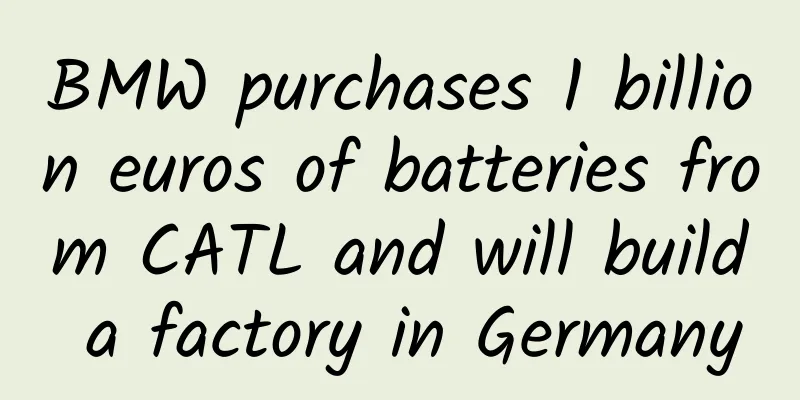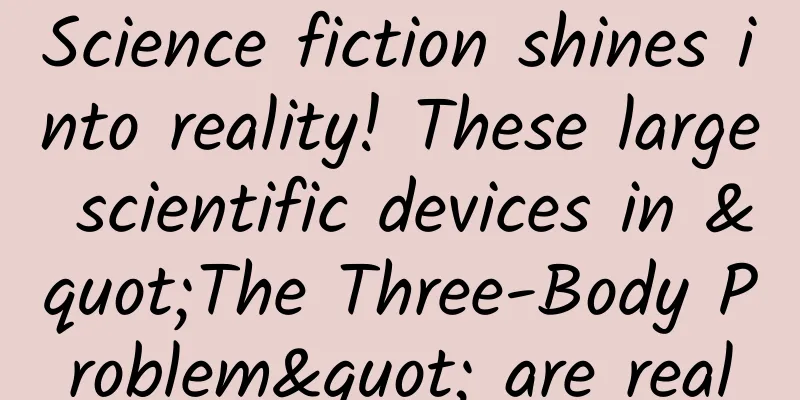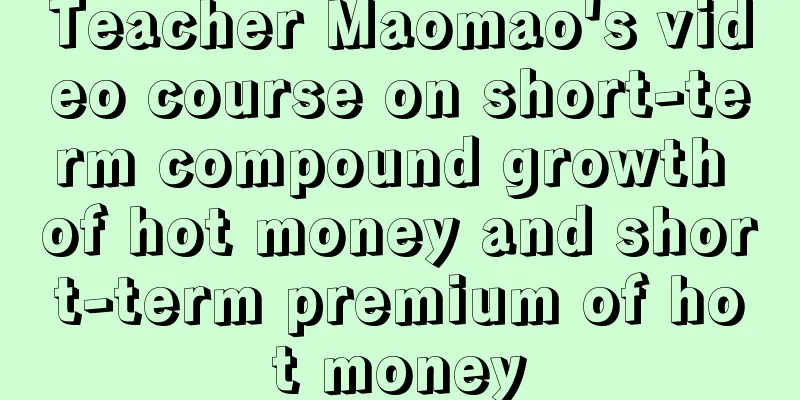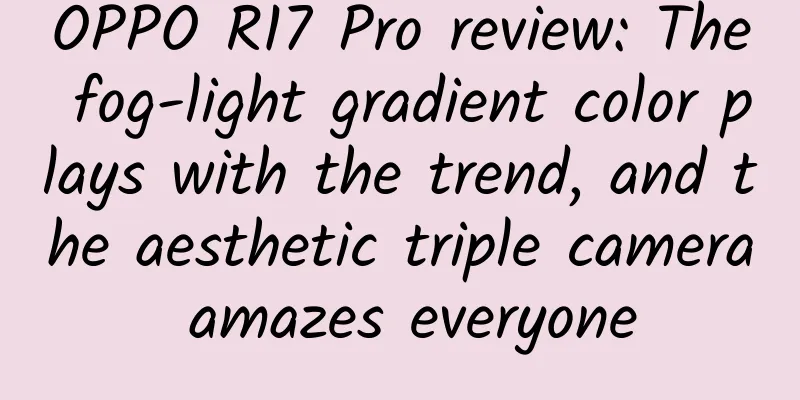Nobel Prize winner got this counterintuitive phenomenon wrong, but NBA star got it right

|
Almost every basketball player, coach or fan believes that there is an incredible hot hand effect on players. Once the player's touch comes, the shot is like a god. However, for a long time, the academic community believed that this was a huge and common cognitive illusion. Until recent years, new research has provided strong evidence to support the existence of the hot hand effect. Written by | Jiawei Image source: Unsplash/CC0 Public Domain Go with the hot hand. ——A catchphrase among basketball fans In the March article "The boy who once might have gone blind just won the highest honor in mathematics", there is a question that shows how counterintuitive probability is: Suppose later on you toss the coin 100 times - you can come up with a sequence of heads (H) and tails (T). Now you have the option to choose the points rule. Rule A: For each HH in the sequence, you get one point; for each HT, your opponent gets one point. Rule B: Conversely, for each HH in the sequence, your opponent gets one point; for each HT, you get one point. For example, in the sequence HHHT, according to rule A, you get 2 points and your opponent gets 1 point. Q: Which rule should you choose to get more points than your opponent? Or do the two rules have the same probability of winning? At the end of the article, the author points out that the answer is B. Because although the mathematical expectations of HH and HT are the same, the score distribution is different. At this time, the former is too concentrated (3 Hs get 2 points), resulting in a lower winning rate. Judging from the feedback in the comments section of various platforms, many readers are skeptical about this result. This is actually understandable. On March 18, Daniel Litt, an assistant professor of mathematics at the University of Toronto, posted a poll on the social platform X (formerly Twitter), and the content was exactly the question above. In just two days, this poll received millions of views and nearly 500 reposts. You know, Daniel is not an Internet celebrity. He usually interacts with some mathematics enthusiasts or colleagues and shares some relatively hardcore mathematics content - that is, content that most netizens don't want to read at all. Therefore, his posts usually only have single-digit reposts, and the popularity of this post is completely unexpected. Among those who forwarded and discussed the article, there were well-known scholars such as Yann LeCun, winner of the Turing Award, and Nassim Nicholas Taleb, author of the best-selling book on financial probability science, The Black Swan. Many people gave their own analysis. After 24 hours, the number of voters had reached 50,000, although only 10% of them answered correctly. Screenshot of a vote on probability questions initiated by Daniel Litt, assistant professor in the Department of Mathematics at the University of Toronto | Source: [email protected]. We can certainly provide a rigorous mathematical argument for this probability problem, but I'm afraid this is not what most readers "want to see". Moreover, burying the real background of this problem is really a big spoiler! After all, using the status of players in NBA and NCAA games to understand mathematical models is much more vivid and interesting. Nassim Nicholas Taleb, author of "The Black Swan", programmed to simulate the results of coin tossing | Source: nntaleb @twitter.com March Madness and the Hot Hand Effect On April 9, in the NCAA March Madness National Championship final, the University of Connecticut defeated Purdue University 75:60. The University of Connecticut basketball team has reached the NCAA finals 6 times and won 6 times! NCAA (National Collegiate Athletic Association) is an athletic association participated by more than 1,000 colleges and universities in the United States and Canada. It organizes leagues for various sports, including basketball, football, baseball, ice hockey, track and field, gymnastics, wrestling, etc. Among them, the most popular is the NCAA Men's Basketball Division I Championship, which is held every March and is commonly known as "March Madness". The event attracts a large number of spectators and athletes and has become one of the most important events for American college students. Live broadcasts of events, including the NBA, will avoid the important events in March Madness. There are also many fans in China who follow this event every year. Many fans will remember Stephen Curry's superhuman performance in the 2008 NCAAs: he led the underdog Davidson College to victory, while almost single-handedly defeating the powerful Gonzaga team in the second half. Was it his skill, his luck, or was there something special about him that day that made the young Curry successful? Almost every basketball player, coach or fan can agree that some players have an uncanny hot-hand effect — what some believe is now better known as the zone or flow state. Hot hands basically means that players enter a special state in which their personal skills and vision reach their peak and their shots are divinely assisted. Historically, basketball commentators often attributed the fact that Craig Hodges made 19 three-pointers in a row or Stephen Curry, now a point guard for the Golden State Warriors, made 105 three-pointers in a row in practice to "the hand feeling is here" or "the hands are hot". To paraphrase some NBA players: You realize that your body is coordinated, your mind is focused, your emotions are confident — so success is inevitable, and putting the ball in the basket is effortless. Yet, even on the NCAA's official website, the long-standing explanation for the hot hand effect is: It doesn't exist. It's just an illusion because we as humans have a tendency to interpret random moments as inherent patterns. In fact, scientists who study behavior and decision-making have held this view for the past 30 years. Daniel Kahneman, the Nobel Prize winner in economics who just passed away not long ago, once said bluntly: "The hot hand effect is a huge and pervasive cognitive illusion." Daniel Kahneman is known as the father of behavioral economics. His best-selling book Thinking, Fast and Slow is an enlightenment book that has led countless people to reflect on their decision-making methods and thinking methods. A scholar as famous as Kahneman is not a person who speaks without thinking. His conclusions come from the landmark paper "Hot Hands in Basketball: Misunderstandings about Random Sequences" published by psychologists Thomas Gilovich, Robert Vallone and Amos Tversky in 1985 [1]. This paper is sometimes referred to by the initials of the three authors' surnames, GVT. In studying historical NCAA shooting data, GVT found that the order in which shots were made and missed was indistinguishable from the order of heads and tails seen from repeated coin tossings. Just as a gambler may occasionally get a streak of heads when flipping a coin, a basketball player may occasionally get a streak of misses when shooting a basketball. GVT concluded that the hot hand is a "cognitive illusion"; people tend to "recognize" patterns in randomness and interpret perfectly typical random phenomena as non-random. Since then, the academic community has characterized the hot hand effect as the "hot hand fallacy." More importantly, GVT found that professional practitioners (NBA players and coaches) are not only victims of cognitive illusions, but their belief in the hot hand is stubborn. In key NBA games, coaches and players tend to give shooting opportunities to players who appear to have a hot hand. The results of the GVT have had a profound impact on how psychologists and economists think about informed decision making. As the results of the GVT have been extrapolated beyond basketball, the hot hand fallacy has become a cultural meme. It has been reflected in everything from financial investing to esports. But is it really so? NBA players' on-court performance and conditional probability Regardless of what scientists say, most basketball fans continue to believe in the hot hand effect, even reflected in video games such as NBA Jam, where the ball will be on fire if the player you control makes multiple consecutive shots into the basket. When the sports science consultant hired by the club explained the GVT research findings to players and coaches, many players chose to ignore it. Boston Celtics legendary coach Red Auerbach once said: "Who is this guy (GVT)? He did a study, but I don't care." The opposition from the academic community was equally strong, but Tversky and Gilovich successfully defended their arguments while pointing out serious flaws in the papers opposing them, so that although there are still some isolated skeptics, the GVT results have been regarded as the consensus of the scientific community (but not the basketball community). This changed only in 2017, when a groundbreaking paper[2] showed that the classic GVT study—and subsequent studies based on it—had a small but significant selection bias that affected the statistical results. Basically, the way the research team selected their samples when looking for the hot streak or hot hand phenomenon invalidated their mathematical model. When the researchers accounted for the bias in their calculations, the hot hand effect should have been there. When players are “hot,” they are a force to be reckoned with on the court. Two researchers in the fields of information science, operations and decision technology, Joshua Miller, associate professor in the Department of Decision Sciences at Bocconi University, and Adam Sanjurjo, associate professor of economics at the University of Alicante, revisited GVT's probability model and discovered that it made an implicit assumption that if the sequence of each player's 100 shot outcomes was determined by a coin toss, then the statistics of their scoring streaks must also follow the same distribution. Surprisingly, this intuitively obvious assumption is incorrect. Note that this is where the basketball game is connected to the probability problem at the beginning of the book! Miller and Sanjurjo believe that the mathematical model for the hot hand effect corresponds not only to the sequence of heads (H, corresponding to a hit) and tails (T, corresponding to a miss) obtained by randomly tossing a coin, but also to the sequence of heads (HH, consecutive scores, a sign of a hot hand) and heads (HT, misses after scoring). However, as I have always emphasized, although the probability of HH and HT is the same, the former occurs more frequently! This fact makes the GVT argument invalid. The full argument can be found in [2], which is available online. The reasoning here applies the so-called restricted selection principle, which appears in bridge and is the intuitive idea behind the standard mathematical procedure for updating beliefs in response to new information, namely Bayesian inference. The Millers' results connect to various probability puzzles and statistical deviations, and the simplest version of the problem is almost identical to the famous Monty Hall problem, which has stumped the famous mathematician Paul Erdős and many other smart people. The purpose of this article is exactly the opposite of what Miller and Sanjurjo did. They were looking for a mathematical model for the hot hand effect, while our goal is to answer the original question and find a real-life scenario that can intuitively understand the mathematical model! So, we can now use the performance of NBA stars to explain why the answer to the original question is B. If an NBA player has fluctuating form, and can score 80 points a game when he's hot (randomly, uncontrollably), but when he's not, his scores drop to single digits; and his teammates have the same points per game average, but their scores fluctuate within 5 points per game, then he's actually not contributing as much to the team as his teammates who score more evenly per game. Rule A in the original question is a "player" who can get extremely high scores when he is lucky. In some games, this player crushes his opponent with high scores, but if you only look at the average score, his score is the same as his opponent, and the opponent wins every time by a slight advantage, which means that after a "season", Rule A loses more than it wins. Therefore, if you choose rule A, you have a high chance of winning by a large score, getting 70 or 80 points, but in fact, only 50 points are enough. More points are equivalent to wasting. If you choose rule B, the highest score is only 50 points, so the score is more even when rule B wins each time. Play this game repeatedly (toss the coin 100 times each game), you will win more times if you choose B. Vevan, a user on the geek website Jiandan.com, shared a code snippet for simulating this problem on the CodePen online community [5]. The code was run 100,000 times each time. As can be seen, HH won about 46,000 times, and HT won about 48,000 times. Rule B has a slight advantage. Miller also participated in the discussion of the original question and gave an intuitive explanation. | Image source: [email protected] The impact of the hot hand effect The study of the hot hand effect is not only about the NBA and the game of basketball itself - although the NBA is also a multi-billion dollar business - it is also about information behavior decisions and the correct application of statistical tools in the real world. Remy Levin, associate professor of economics at the University of Connecticut, gave a high evaluation of Miller and Sanjurjo's paper: "It's very exciting and one of my favorite things to teach every year in behavioral science. Super interesting and counterintuitive finite sample results have a significant impact on the measurement practice of conditional probability. At the same time, this is also one of my favorite scientific results." Now let's go back to GVT's data. GVT divided shots into three (or more) consecutive scores and three (or more) consecutive misses, and compared the distribution of each type of data. Miller and his team pointed out a surprising mathematical conclusion (also a question for us to think about!), and they found that after consecutive shots in the historical data, the probability of scoring in the next shot is 11 percentage points higher than people expected! An 11 percentage point relative improvement in shooting accuracy when hitting consecutive shots is not negligible. In fact, it is roughly equal to the difference in shooting percentage between the average scorer and the best three-point shooter in the NBA. Thus, GVT’s data reveal a substantial, statistically significant hot hand effect compared to what was originally found! What’s more, the evidence supporting the hot hand effect is not unique. In fact, in recent research, we found that the effect is present in the NBA 3-point contest and in other controlled studies. Other researchers have further supported this using free throw and game data. And, due to another subtle statistical problem called “measurement error,” it’s possible that the hot hand effect is more important than we estimate. The mechanism behind the hot hand effect is undoubtedly very complex. Studies have found that, similar to the placebo effect, if the player himself does not believe in the hot hand effect, it will be difficult for him to get a better hand than usual. The 2022 study [3] further noted that hot hands do not mean that players can suddenly shoot from anywhere on the court. For NBA players, hot hands look like finding an exploitable hole in the game—perhaps a shorter player guarding them—and exploiting it by taking more of a certain type of shot. While this hypothesis is reasonable, it may not be the only factor that contributes to the hot hand. Could short-term neuroplasticity — the ability of a player's brain to quickly adapt to game conditions — be a factor? What about focus and mental preparation? Whatever the reason, the existing research provides strong evidence to support the existence of the hot hand effect. So, surprisingly, the experience of those NBA stars has actually been correct all along. Today, the official website of the NCAA has deleted the webpage that attributed the hot hand effect to cognitive fallacy. References [1]The hot hand in basketball: On the misperception of random sequences - ScienceDirect [2] Surprised by the Gambler's and Hot Hand Fallacies? A Truth in the Law of Small Numbers by Joshua B. Miller, Adam Sanjurjo :: SSRN [3] The hot hand in the wild | PLOS ONE [4]OSF Preprints | Surprised by the Hot Hand Fallacy? A Truth in the Law of Small Numbers Momentum isn't magic – vindicating the hot hand with the mathematics of streaks (theconversation.com) [5] https://codepen.io/lunar-dark/pen/NWmpKpM [6] The Hot Hand and Its Effect on the NBA: arXiv:2010.15943 This article is supported by the Science Popularization China Starry Sky Project Produced by: China Association for Science and Technology Department of Science Popularization Producer: China Science and Technology Press Co., Ltd., Beijing Zhongke Xinghe Culture Media Co., Ltd.
1. Go to the "Featured Column" at the bottom of the menu of the "Fanpu" WeChat public account to read a series of popular science articles on different topics. 2. Fanpu provides a function to search articles by month. Follow the official account and reply with the four-digit year + month, such as "1903", to get the article index for March 2019, and so on. Copyright statement: Personal forwarding is welcome. Any form of media or organization is not allowed to reprint or excerpt without authorization. For reprint authorization, please contact the backstage of the "Fanpu" WeChat public account. |
<<: 8D Magic Chongqing: Our reputation as the “City of Bridges” is well deserved!
Recommend
With the entry of Fortune 500 companies, the national treasure 212 is about to be revitalized
In recent years, the rapid development of the new...
Why do Chinese people have to eat something red during Chinese New Year?
Written by Wei Shuihua Header image | Visual Chin...
The father is blood type B and the mother is blood type O, but the child is blood type A? The truth is...
The father has type B blood and the mother has ty...
The 4 core elements of B-side community operations!
As a community operator, he started to engage in ...
The new benchmark for B station promotion in 2022! (Bilibili case)
How advertisements, works and audiences can "...
The day after tomorrow, a mysterious "X" will appear on the moon's surface...
Original title: "A date with the starry sky丨...
How to deploy huge amounts of Qianchuan?
Bytedance Qianchuan is an e-commerce advertising ...
Mobile phone addiction, computer addiction, staying up late addiction... How to protect our overloaded eyes
Mobile phone addiction, computer addiction, stayi...
2019 Zhihu Advertising Report!
According to public data, as of the end of Novemb...
Beware! "Meihua" strengthens to strong typhoon level, with maximum wind force 14! Bringing heavy rain!
Pay attention!!! Typhoon Meihua strengthens to se...
How to plan a successful and beautiful offline event?
As an operator , event promotion ( event operatio...
With over 10 million new users every month, how can TikTok avoid the fate of being a flash in the pan?
Throughout July, the number of users on the entir...
Google now releases the second beta version of the Android 14 system developer preview
On March 9, Google released the first developer p...
Ping-pong balls can’t be brought on high-speed trains? Is this true? | Expo Daily
Ping-pong balls can’t be brought on high-speed tr...
Office for iOS: A slap in the face for Windows Phone users
[[122682]] iPad, iPhone and Android users are get...









